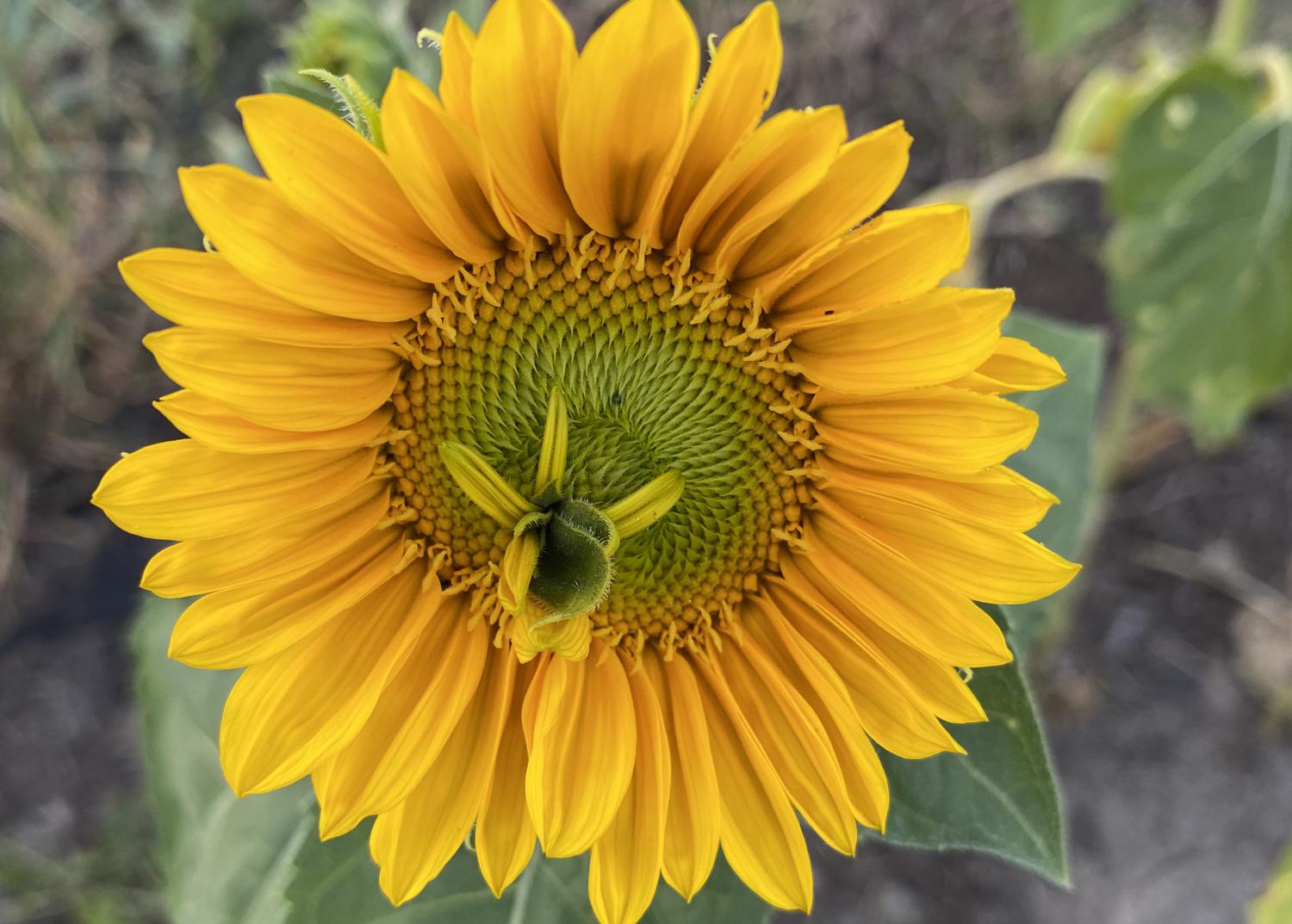How to sow sunflowers in successful succession
I’m a fan of whatever plants happens to be in bloom at any given time, but sunflowers are definitely one of my top five favorites, especially for use in arrangements.
Last summer, I decided I wanted to have sunflowers every week until frost. I got a little bit of a late start, then scorching June temperatures and several torrential downpours in July got me way off track. But with determination, fresh seeds and just a little planning, I was able to harvest sunflowers every week for about 10 weeks until Nov. 1.
I live in northeast Mississippi right on the line between U.S. Department of Agriculture cold hardiness zones 7b and 8a, so my growing season is well over 200 days long. That gives me plenty of time to grow sunflowers.
My favorite sunflower variety is ProCut Horizon. I love this series because they mature in 50-60 days, have very dependable germination and are pollenless. That means they don’t make a mess of your tabletop when you use them for arrangements.
Whether you want to have sunnies (because it’s just more fun to call them that) all the way to frost or you just want to have an abundant supply throughout the summer, the process is the same.
Most sunflowers bloom in about 50 days, but it’s a good idea to check the number of days to bloom for the variety you want to plant. Then find out when the first and last frost dates are for your area. I find this information online at the “Farmers’ Almanac.”
My first frost date for 2023 is approximately Nov. 4, and the last frost for my area is approximately March 29.
We know to never plant anything before Good Friday lest our grandmothers bring their switches out. I want to have sunflowers for as long as possible, so I will start my first round of Procut sunflowers March 27. I hope to have sunflowers in bloom by mid-May for this growing season.
I already have seeds, but you can find Procut sunflowers from any reputable online seed retailer. I sow mine in a 72-cell tray with a moist seed-starter mix. I have grow lights, but I find natural light works just as well. Cover the seeds with soil, place them in a sunny area of your home, and keep them moist until germination.
Normally, I let the seedlings grow in these trays for 8 days, which means the first round will be ready to go in the ground April 4. Even though this is technically after my last frost date, I will probably wait until April 7 for good measure and to stay out of trouble.
When one round goes in the ground, I plant another round in trays right behind them. I continue this every week for as long as I have seeds or garden space.
Count backward 60 days from the first frost date to let you know when to stop planting new seeds and setting out seedlings. I will stop setting out new plants around Sept. 5.
I pop my 8- to 10-day-old seedlings in the ground 6 inches apart. With just a little care, they will take off and you’ll be harvesting sunflowers in approximately 50 days.
You can definitely sow sunflower seeds directly in the ground, but I have found that birds and mice love them and will stop at nothing to dig up your hard work. By putting in a little effort up front and starting them in trays, it’s less frustrating later when you were supposed to have sunflowers and have nothing.
I hope you have a summer full of sunnies!
[EDITOR’S NOTE: Kayla Dowden is a Mississippi State University Extension Service agent in Monroe County and Southern Gardening guest columnist.]





